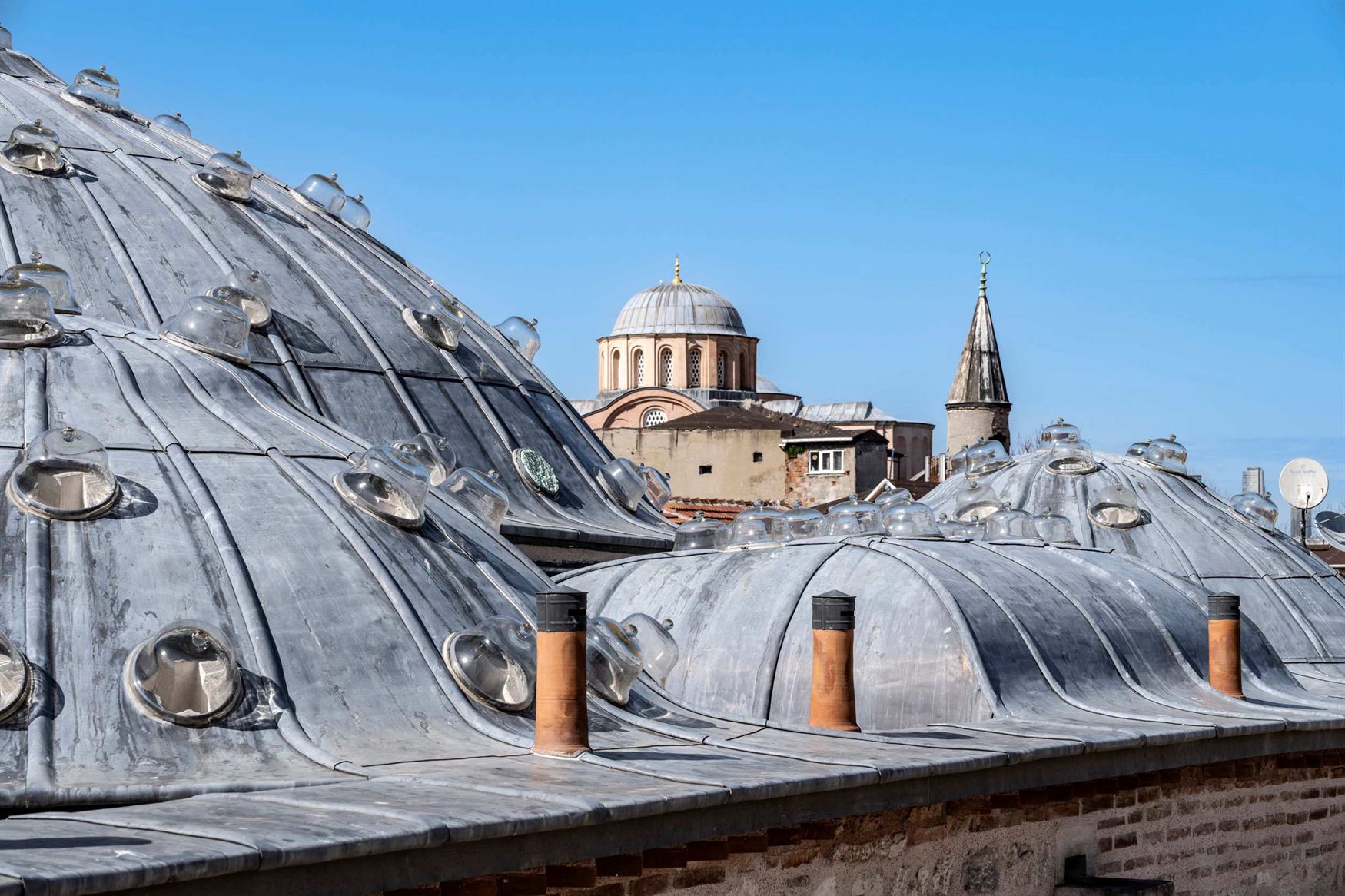
The Çinili Hamam
The Çinili Hamam opens its doors to the public for the 17th Istanbul Biennial, organised by the Istanbul Foundation for Culture and Arts (İKSV), offering a first look at the building following a major 12-year restoration project led by The Marmara Group. As one of the primary venues for the Biennial (17 September - 20 November 2022), the hammam will host two large-scale contemporary art installations, providing a unique opportunity for visitors to see the space for free. Following the Biennial, the hammam will be heated in preparation for its major reopening in 2023. Alongside the baths, the transformed hammam complex will include an event space and an exclusive museum showcasing the role of bathing in Ottoman history and culture, as well as the artifacts from Roman, Byzantium and Ottoman Empires found during the renovation process.

The Çinili Hamam was built by Mimar Sinan, considered the greatest architect of the Ottoman Empire, in 1540’s under the instruction of Barbaros Hayreddin Pasha or ‘Barbarossa’, the Grand Admiral of the Ottoman Navy. Named after its exquisite blue-turquoise tiles (çinili means ‘tiled’ in Turkish), the hammam is a unique piece of Istanbul’s cultural heritage. It is situated in the Zeyrek neighborhood within the Fatih district, above the city’s Byzantine cisterns which used to supply water directly to the hammam. Zeyrek is one of the 4 conservation areas of Istanbul included in the UNESCO World Heritage List.

During the Istanbul Biennial, the hammam will feature artworks by Taloi Havini and Renato Leotta. Sound is an important component of both installations, which were selected especially to be exhibited at The Çinili Hamam due to the acoustic properties of its architecture.

Since 2010, The Çinili Hamam has undergone a major restoration programme, including archaeological excavations to further understand the building’s history, and conservation work to preserve this important example of Ottoman bath architecture. Over the years, the hammam had fallen into disrepair, with the majority of its extraordinary tiles sold and scattered across Europe, ending up in private and museum collections including London’s V&A. Fragments uncovered during the restoration have revealed that more than ten thousand tiles with thirty seven unique designs once decorated the hammam’s inner walls.

When it reopens in 2023, examples of these tiles and other historically significant finds from the Byzantine, Roman and Ottoman periods will be exhibited in a new museum adjacent to the baths, which will also include a special display exploring hammam culture and traditions. A new heating system will return the baths to public use, allowing local people and visitors to enjoy them for decades to come.



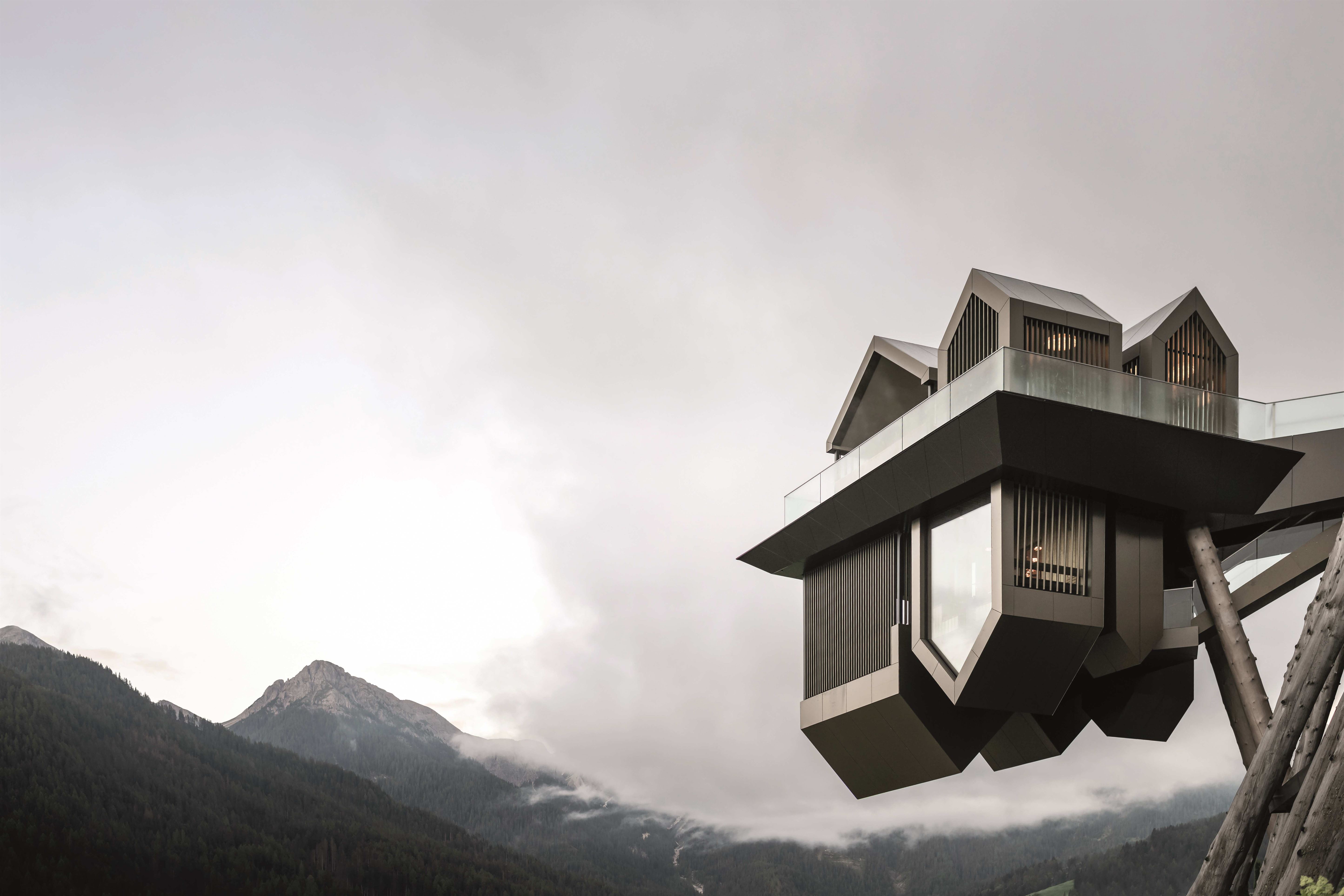
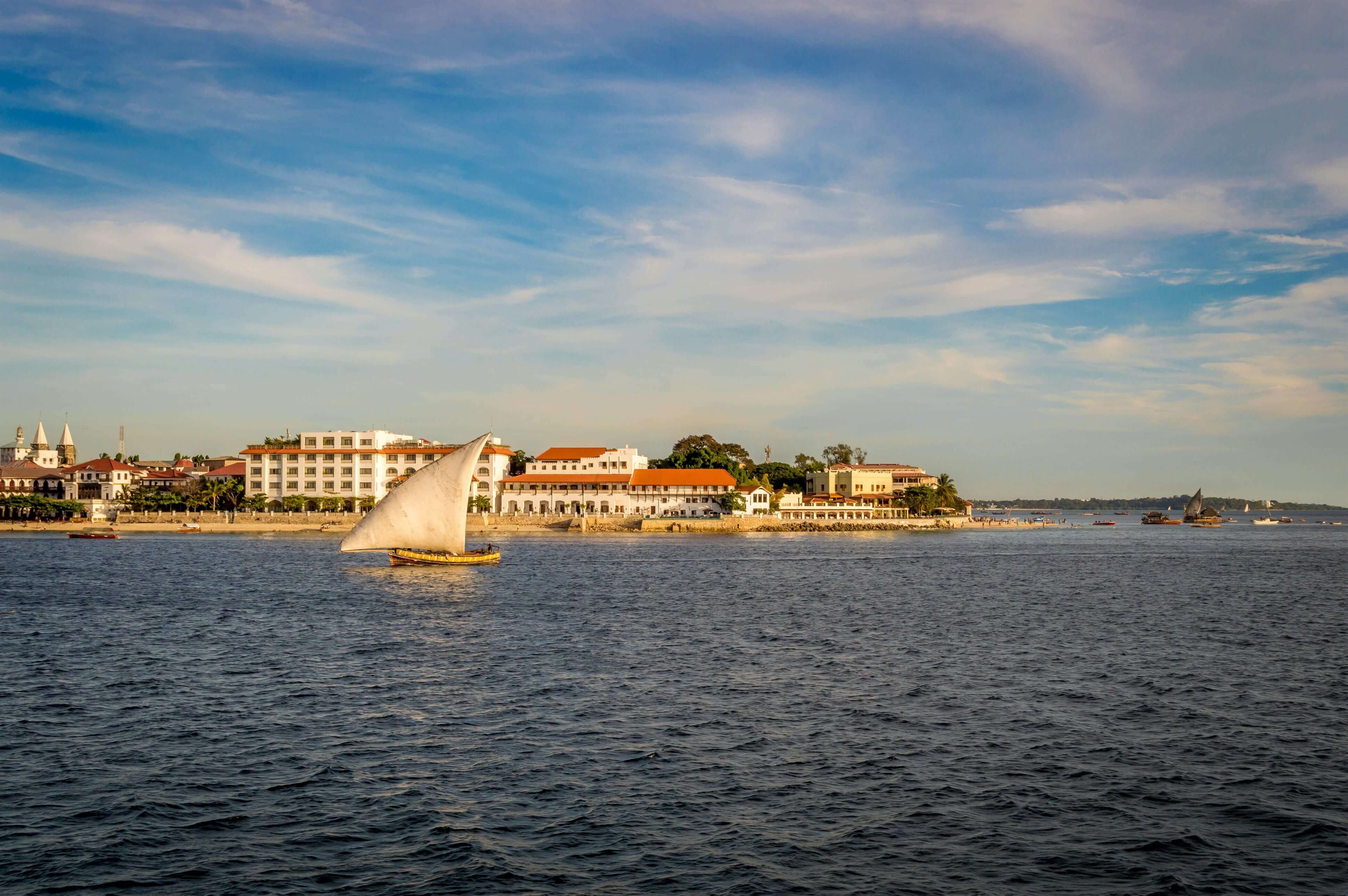
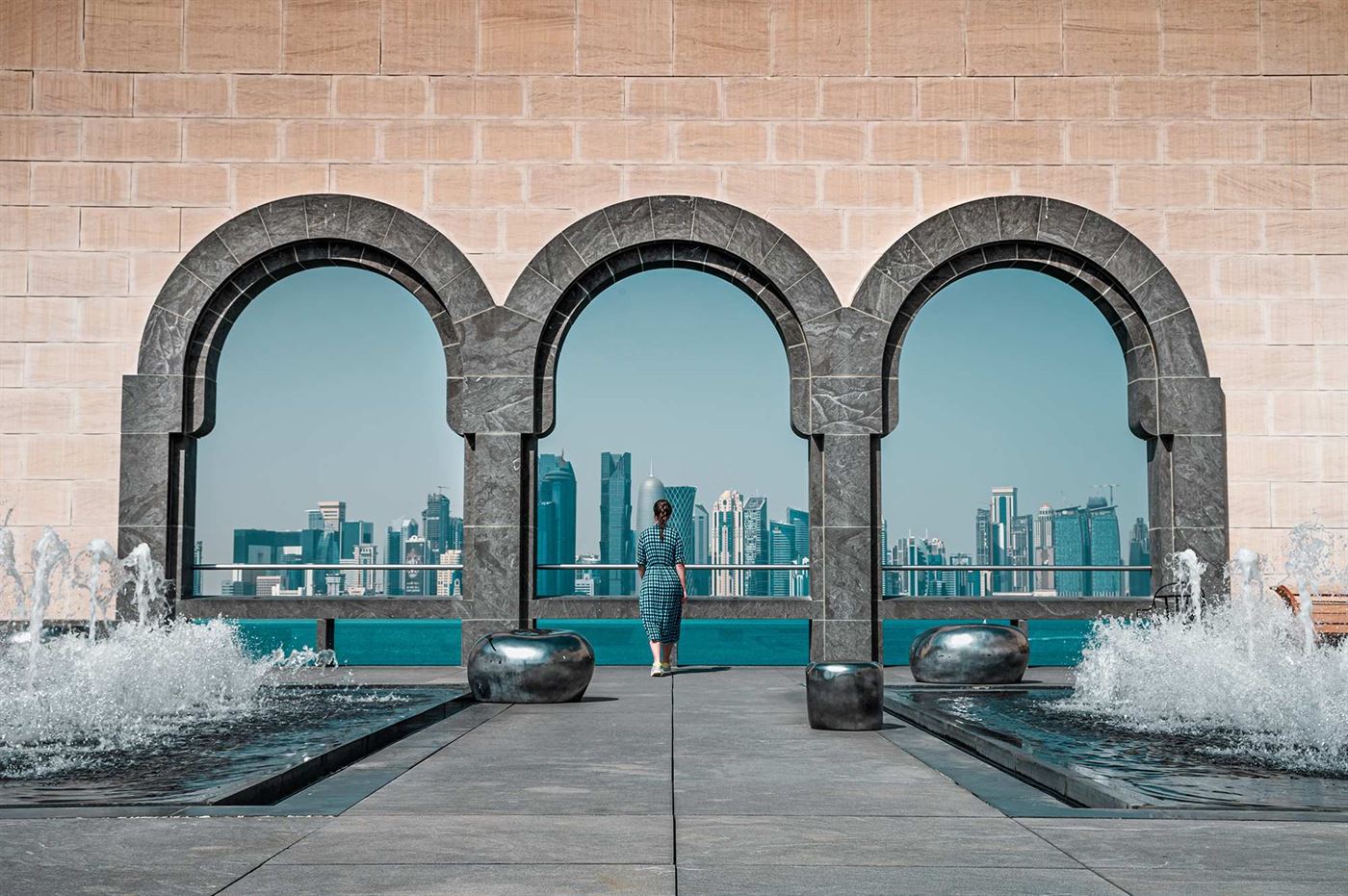
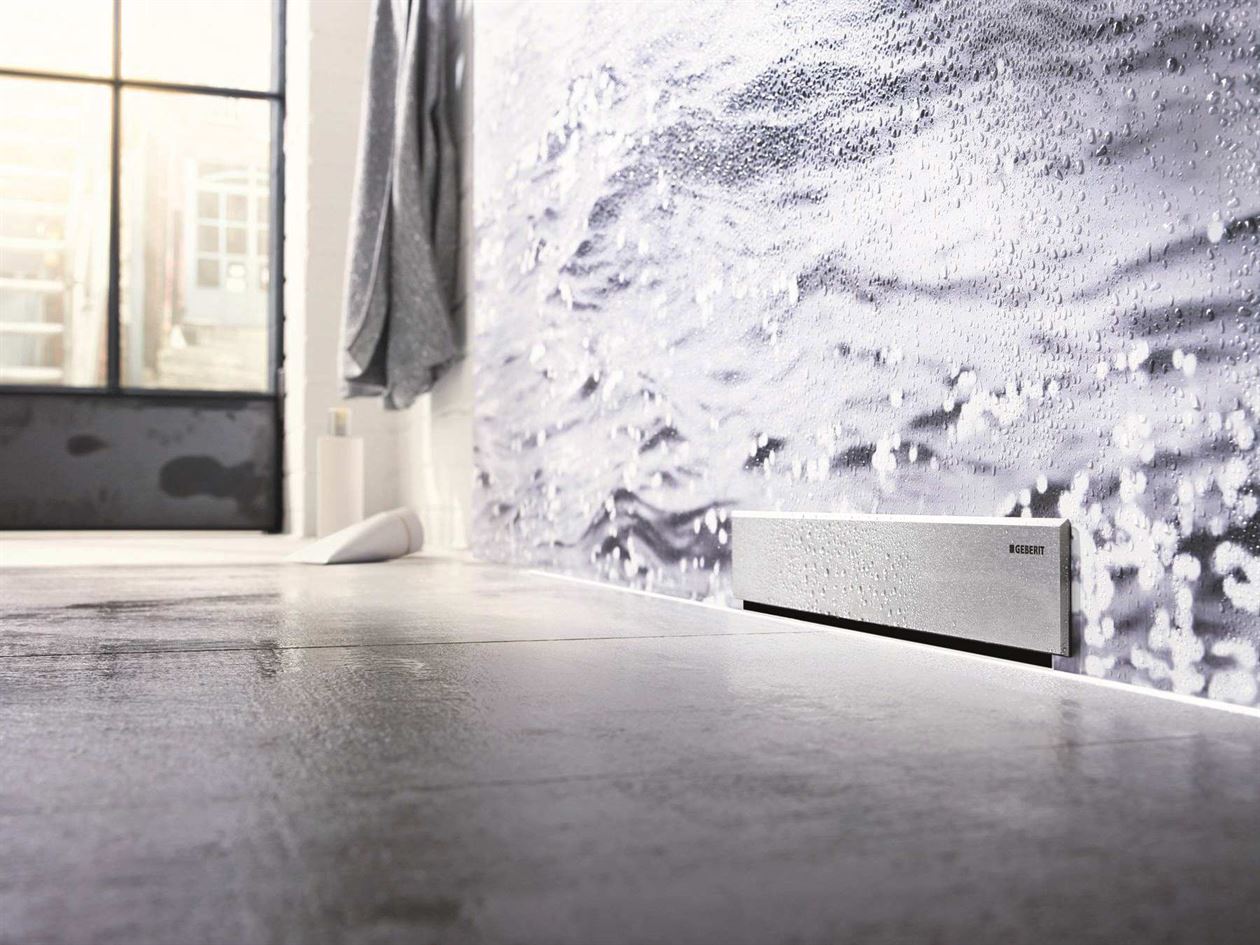
Comments